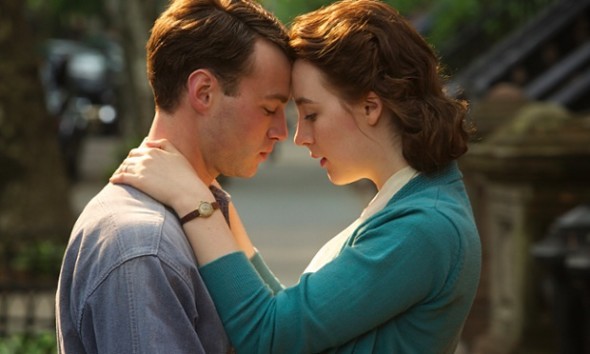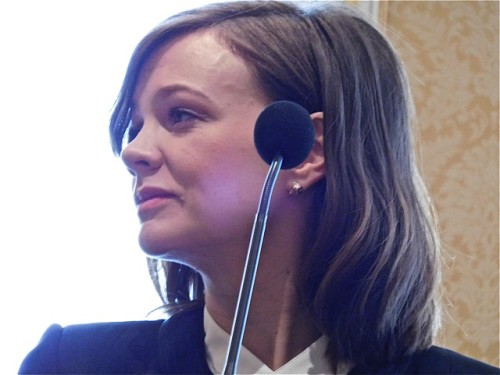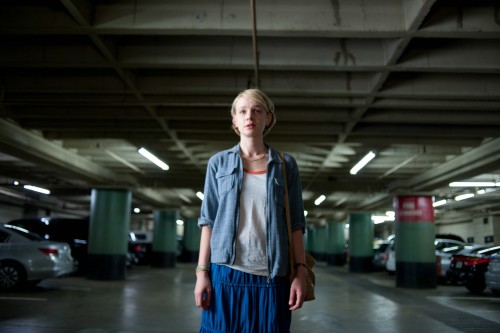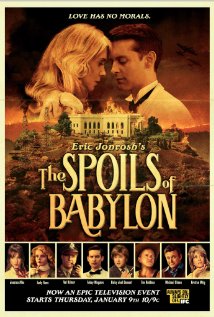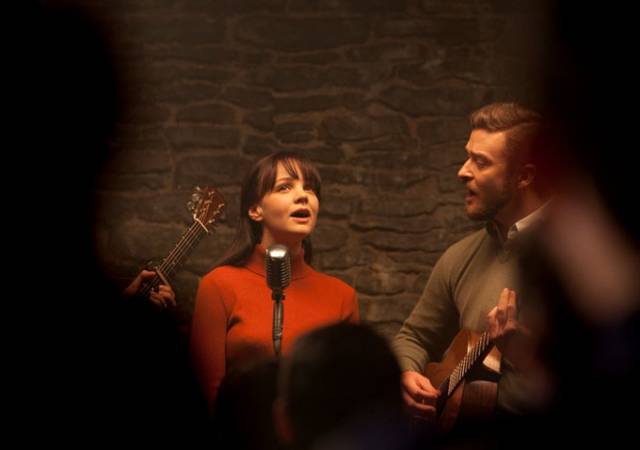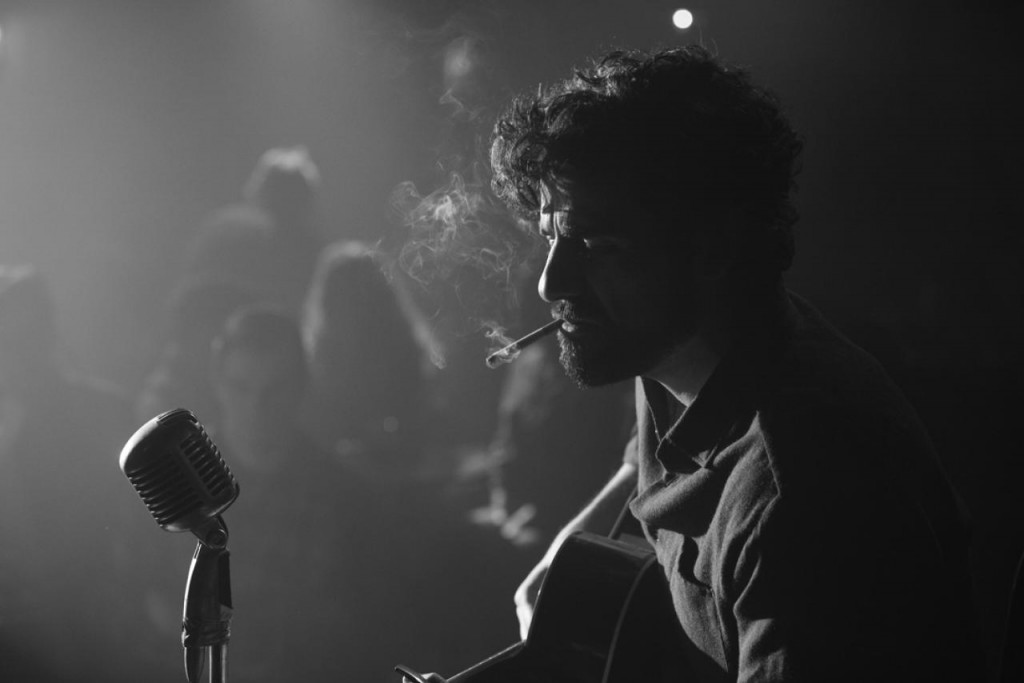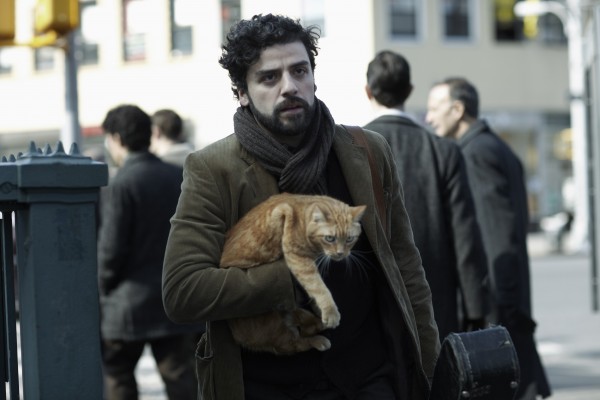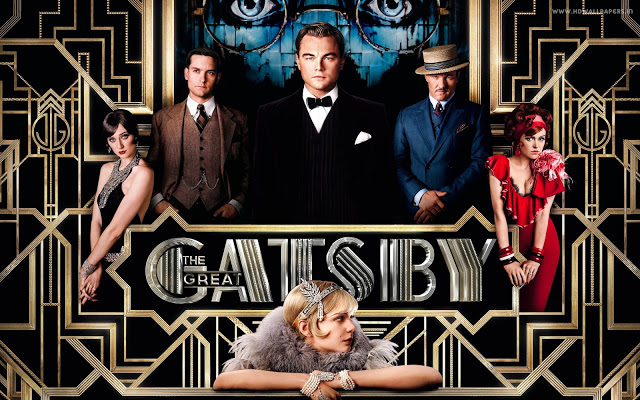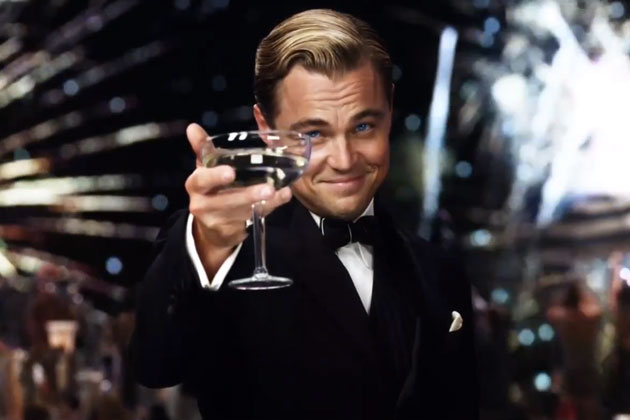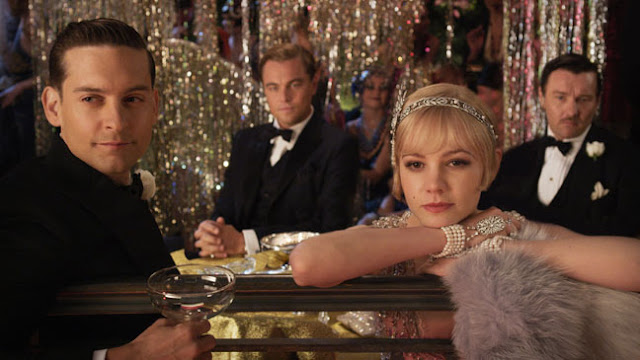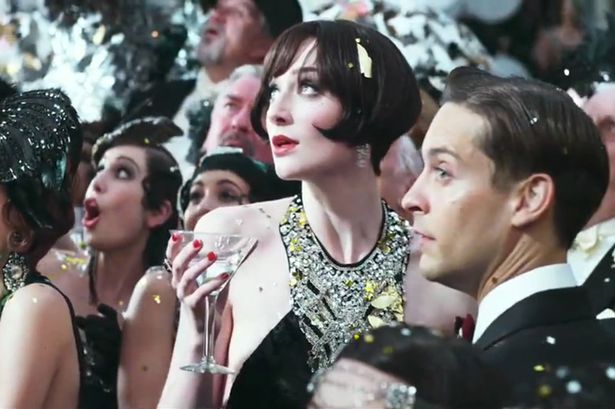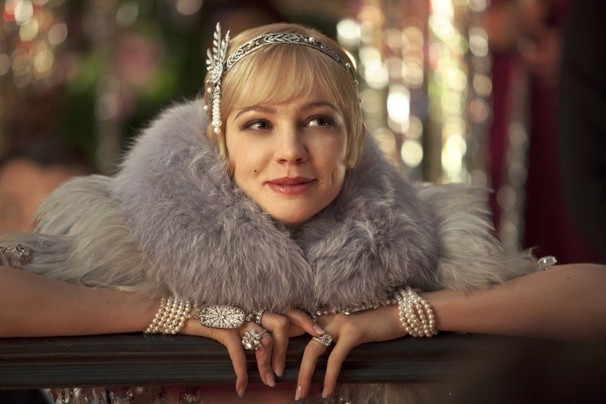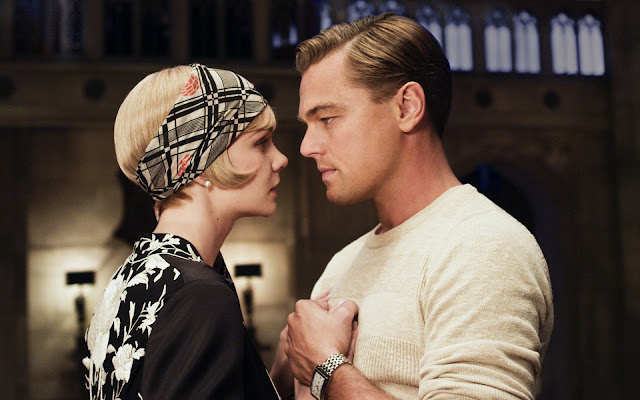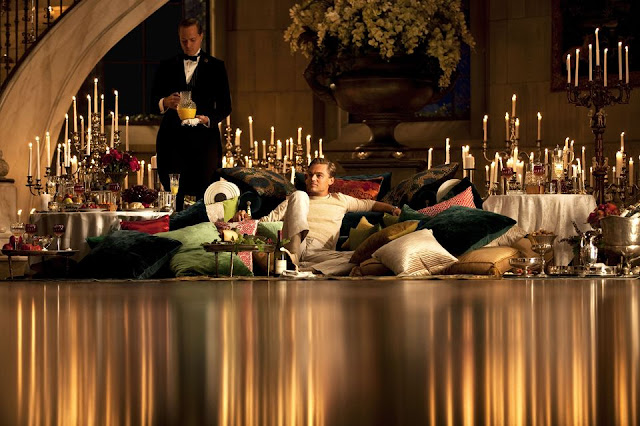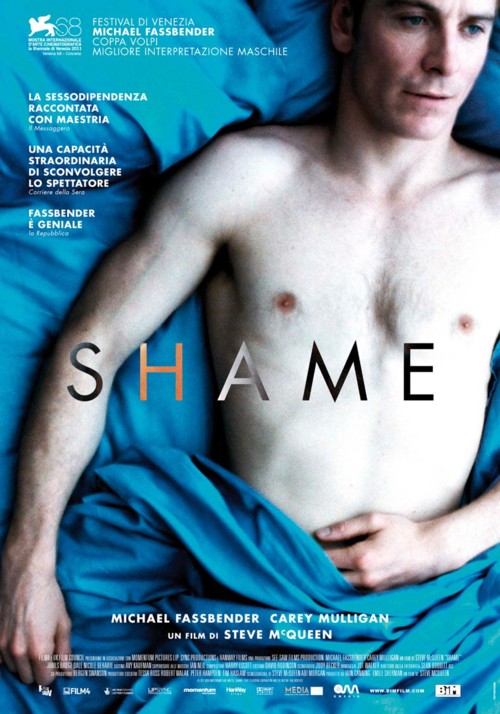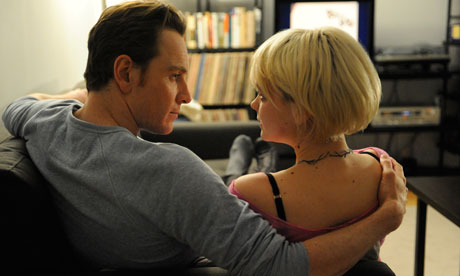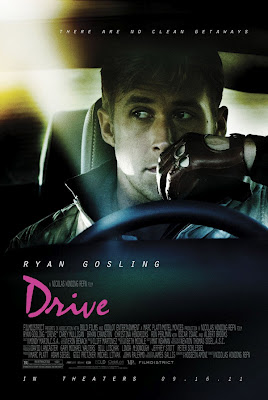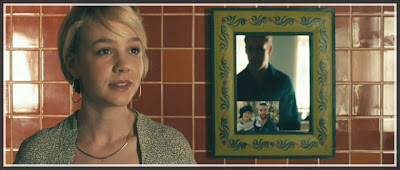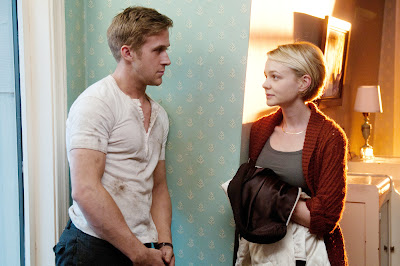This guest post is written by Scarlett Harris. | Spoilers ahead.
I went to see Suffragette at the culmination of a day spent feeling utterly depressed at the state of women in the workplace and the world at large. As you can imagine, Suffragette did nothing to assuage my feelings. In fact, it made me even more upset at the fact that one hundred years later, we may have the vote but women are still facing inequality, sexual harassment, unequal pay, and poor conditions in the workplace.
The day in question saw my Twitter timeline full of defenses of cricketer Chris Gayle, who hit on a female reporter as she was trying to interview him after a game; Jamie Briggs, the minister for cities and built environments, who sexually harassed a young female staffer on an international trip; Peter Dutton, the minister for immigration and border protection, who called reporter Samantha Maiden, who stood up for the staffer in question, a “mad fucking witch” in a text message clearly not meant for her but somehow sent to her anyway (and this is the guy in charge of Australia’s borders!); and the two men who murdered their families as “good guys” suffering from mental health problems (an important issue in its own right but not at the expense of the safety of women and children).
So, heading into Suffragette I shrunk into myself as a form of protection from all the microaggressions I’d faced that day but I raged internally at the depictions of workplace inequality, sexual harassment and assault and the general placement of women as second-class citizens and, behold, this piece was born.
Workplace Rights.
In the laundry that protagonist Maud (Carey Mulligan), her husband Sonny (Ben Whishaw) and friend and fellow suffragette Violet (Anne-Marie Duff) work, women toil away over steam and hot fumes. Maud herself was born at the laundry to a mother who was killed when a vat tipped on her only four years later. When Maud gets home, she washes her family’s own laundry and fixes her husband and son dinner. She endures sexual harassment and, it is implied, survived rape by the manager of the laundry, Mr. Taylor (Geoff Bell). All of this is viewed as inconvenient at best, a workplace hazard at worst.
After a day spent reading about the above-mentioned modern day examples of workplace harassment I couldn’t help but see the similarities. While the Gayle and Dutton incidents came to light because they happened in full view of the media, Briggs’ sexual harassment accusations are the exception to the rule: how many other countless examples of sexual harassment and assault have occurred but are swept under the carpet in an effort not to jeopardize positions or be looked on unfavorably by colleagues?
You Don’t Get a Cookie.
When Maud reveals these labor conditions (her standing up to her rapist happens later) in a votes for women hearing, the men on the board seem genuinely shocked. Prominent British politician and statesman David Lloyd George (Adrian Schiller) seems sympathetic to Maud’s plight however her testimony doesn’t convince him of her right to vote.
Maud’s husband, too, seems initially merely inconvenienced by her newfound interest in suffrage but, as the movie progresses, Maud’s feminism gets stronger and she spends more time in prison for demonstrating, he kicks her out of the house and adopts their son out to a rich family. He says he can’t be expected to work, run a household and look after their son — what Maud’s been doing this whole time — in a stark example of male privilege.
These are some of Suffragette’s more sympathetic male characters compared to anti-suffrage policeman Inspector Steed (Brendan Gleeson) and Mr. Taylor but, like men today who express astonishment when women reveal they’ve been harassed and assaulted and the belief that women do, in fact, deserve basic human rights, they don’t get a cookie for it.
Reproductive Rights.
As attacks on reproductive rights threaten to return to pre-Roe V. Wade levels, which is to say non-existent, in the U.S. and pap tests and STI blood tests will come at a price in Australia, they are mirrored in Suffragette. Abused spouse Violet steps down from the suffrage movement when she discovers she’s pregnant again, citing exhaustion at not being able to “take care of the [kids] I’ve got.” Maud is force fed in prison in a harrowingly triggering scene echoing rape, mandatory trans-vaginal ultrasounds for women seeking to terminate their pregnancies, forced sterilization and any manner of other violations against women’s bodies. She asks Steed, when he expresses disdain over her disobedience of the law, “Why should I obey a law I had no hand in making?”
Check out Meryl Streep and Carey Mulligan on the cover of @TimeOutLondon this week! More info http://t.co/nZxRwvNFdo pic.twitter.com/y6KWGLDOK4
— SUFFRAGETTE (@SuffragetteFilm) September 29, 2015
Black Lives Matter.
Much has been made about Suffragette’s whitewashing and rightfully so. There were literally no women of color in the film, despite the real-life involvement of Indian suffragettes, for example. And, in perhaps the most offensive portion of the film that was parlayed into a tone-deaf marketing campaign, suffrage leader Emmeline Pankhurst (Meryl Streep in a two-minute cameo) says in her famous speech:
“We do not want to be law breakers; we want to be law makers. Be militant, each of you in your own way. Those of you who can break windows, break them. Those of you who can further attack the sacred idol of property, do so. We have been left with no alternative but to defy this government. If we must go to prison to obtain the vote let it be the windows of government not the bodies of women which shall be broken.”
First of all, slavery is not a choice. Secondly, the above-mentioned use of this 1913 speech for a Time Out cover featuring the all-white cast illustrates just how far white feminism has to go in the inclusion of women of color.
14 officers show up at an Oregon #BlackLivesMatters protest
150 armed protestors: *crickets* #OregonUnderAttack pic.twitter.com/Jrgmc7KS2Q
— Yukio Strachan (@boldandworthy) January 4, 2016
Three queer Black women formed the #BlackLivesMatter movement after the death of Trayvon Martin at the hands of police as “a response to the anti-Black racism that permeates our society.” Meanwhile, white ranchers are allowed to demonstrate “peacefully” — albeit armed — on seized government land (which let’s not forget was originally stolen from Indigenous peoples hundreds of years ago). Much like the attempts to bar people of color from demonstrating peacefully without militarized police forces (see above tweet) threatening them or mowing them down, Suffragette excludes women of color from its depiction of the suffrage movement by denying them a voice. But on the other hand, consider Pankhurst’s words above and some of the film’s early scenes in which demonstrators are attacked by policemen in the streets: Suffragette could also be viewed as an allegory for racist police brutality.
[NEW POST] My #Feminist Awakening & the Influence of #Beyonce's Pop Culture Declaration http://t.co/j5FqMvhPtu pic.twitter.com/ZmBE71DvAu
— Janet Mock (@janetmock) September 3, 2014
I’m Not a Feminist, But…
Upon Maud’s first arrest, she insists she’s “not a suffragette.” Where have we heard that before? Modern women’s baffling insistence that they, too, are not feminists seems to be in the news every other day. The online campaigns about why women don’t need feminism and celebrities being asked whether they are feminists have dominated the discussion in recent years reminded me of Maud’s colleagues at the laundry turning their backs on her when she’s outed for demonstrating and when she finally takes her revenge on her abuser. Internalized misogyny is as hard at work today as it was 100 years ago.
White women who do call themselves feminists, such as Emma Watson and Lena Dunham, are seldom met with much push-back, whereas Black women’s (those who do identify with a movement that has often ignored the contributions of feminists who are women of color and not with another movement such as “womanist”) feminism comes with a whole host of caveats. Despite Beyoncé’s spectacular embrace of feminism at the MTV Video Music Awards flanked by an emblazoned erection of the word, she’s still asked to qualify it. Black feminists such as Janet Mock, Roxane Gay and Amandla Stenberg are increasingly having their voices heard by the mainstream media while Kate Winslet refuses to talk about “vulgar” pay inequities in Hollywood and Patricia Arquette urges other marginalized groups to support women — and, let’s be clear here, she was talking about white women in the über privileged world of Hollywood. That’s not to say that Jennifer Lawrence, a fellow champion of closing the pay gap, doesn’t deserve to get paid as much as Bradley Cooper, but it partially ignores the struggles of women like Viola Davis and men like John Boyega to get paid as much as their white counterparts. And to intersect the two, all we have to do is look at this week’s Oscar nominations which resulted in no actors of color being recognized in the four main acting categories. Oscar noms = $$.
I wasn’t expecting to be as taken aback by just how little has changed since the period Suffragette is set. Sure, sexism and misogyny may not be as violent and blatant and we’re more likely to get up in arms when it is, but just because a few high profile women enjoy privileges far removed from what Maud and Violet in Suffragette and countless other women around the world face, doesn’t mean that we don’t need feminism. In fact, it made me realize we need it more than ever.
Scarlett Harris is an Australian writer and blogger at The Scarlett Woman, where she muses about femin- and other -isms. You can follow her on Twitter here.



